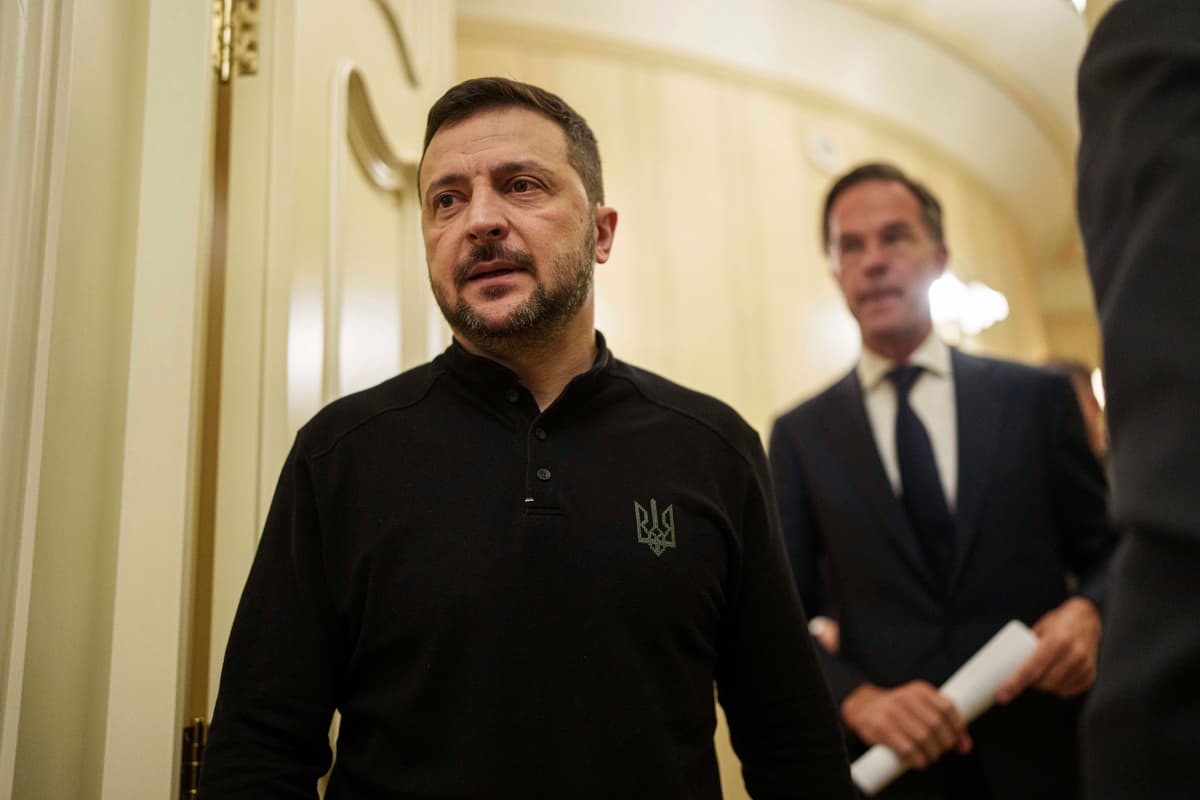Ukraine Could Follow the West Germany Model, a New Report Suggests
October can be full of surprises, but a quick fix for the war in Ukraine is unlikely to be one of them.

Got showdown fatigue? It seems as if everything these days is in confrontation mode, from battleground election states to the battlefields of eastern Ukraine, and in both cases it seems likely to get worse before it gets better. While Ukraine is a mere blip on the radar of the presidential race — consider that the word came up approximately once in the debate between vice presidential contenders — closer to the action, what to do about the war is as timely a topic as ever. Even if it is slightly academic.
War in the Middle East has temporarily eclipsed Europe’s focus on Ukraine, but that doesn’t mean the appetite for a palatable solution has diminished. As the Financial Times first reported, some Western and Ukrainian officials seem to be increasingly coming to the conclusion that the conflict can only be resolved by a Germany-inspired scenario that would see some of the territory lost to Russia remain under Russian control with the larger part of the country still controlled by Kyiv with security guarantees from NATO.
A login link has been sent to
Enter your email to read this article.
Get 2 free articles when you subscribe.

